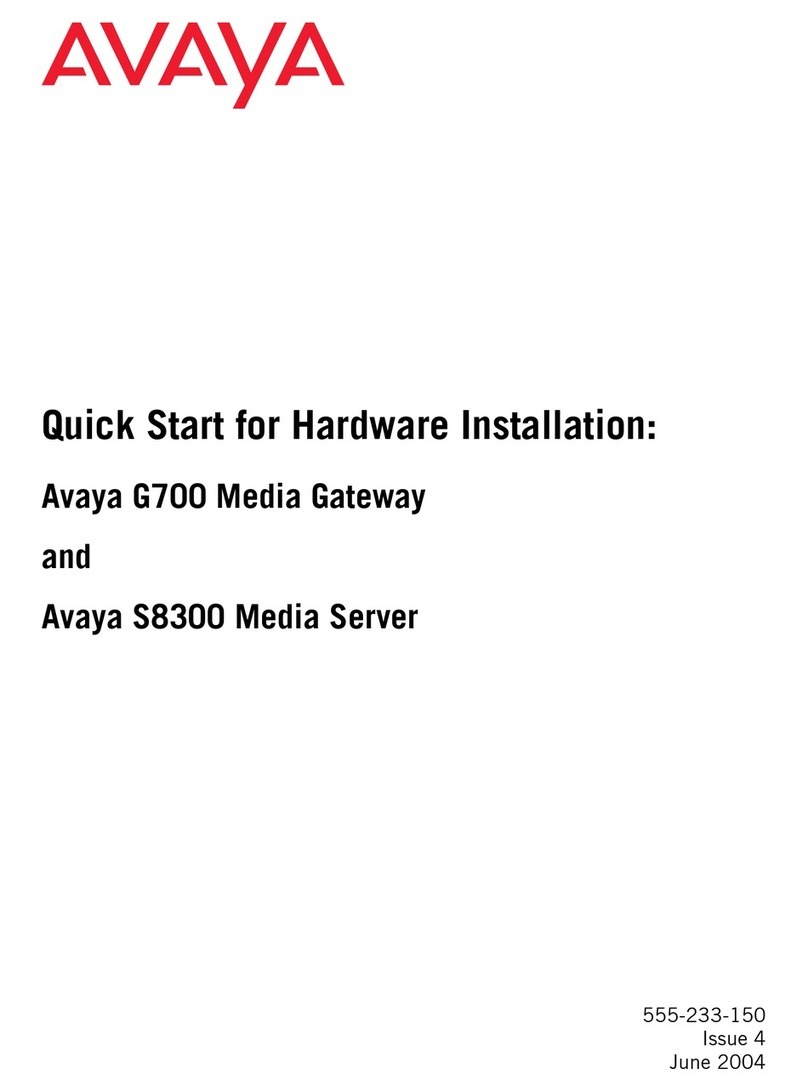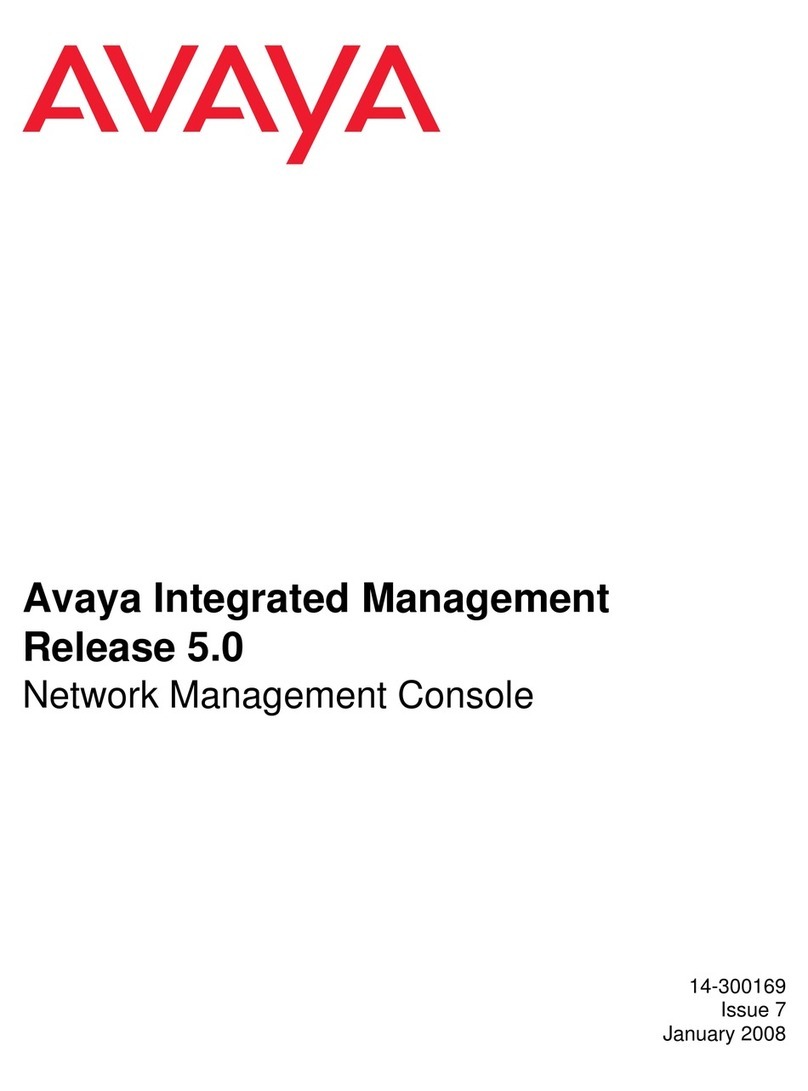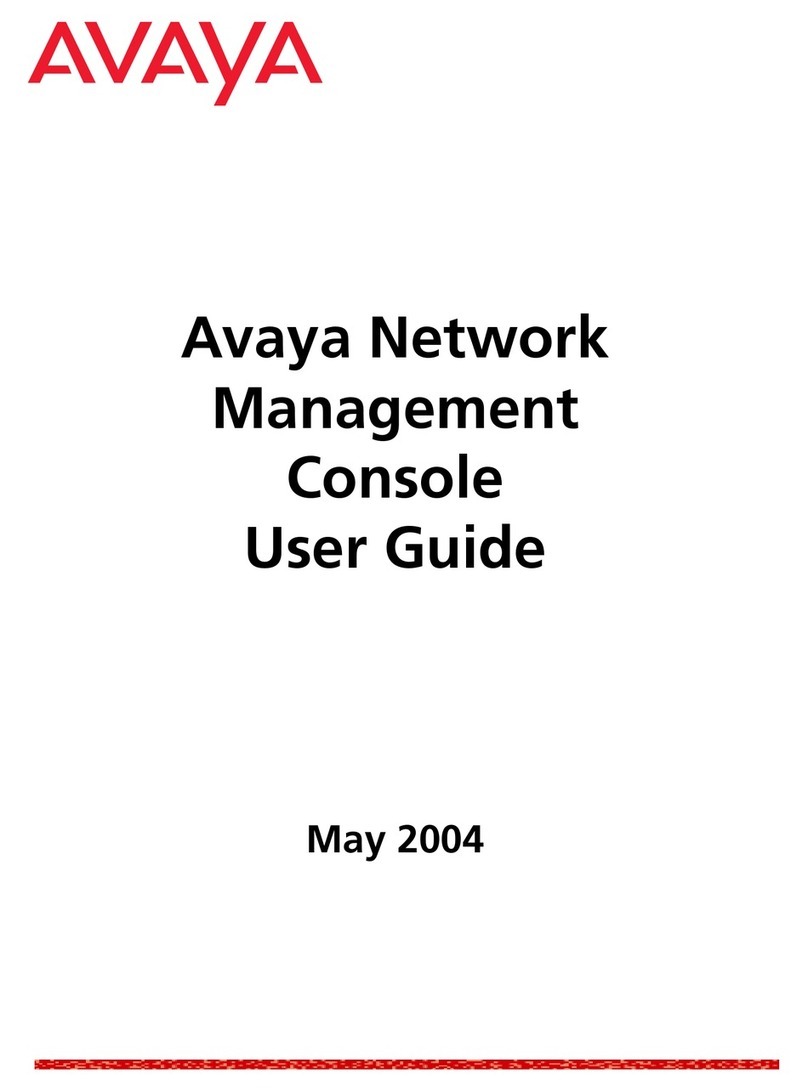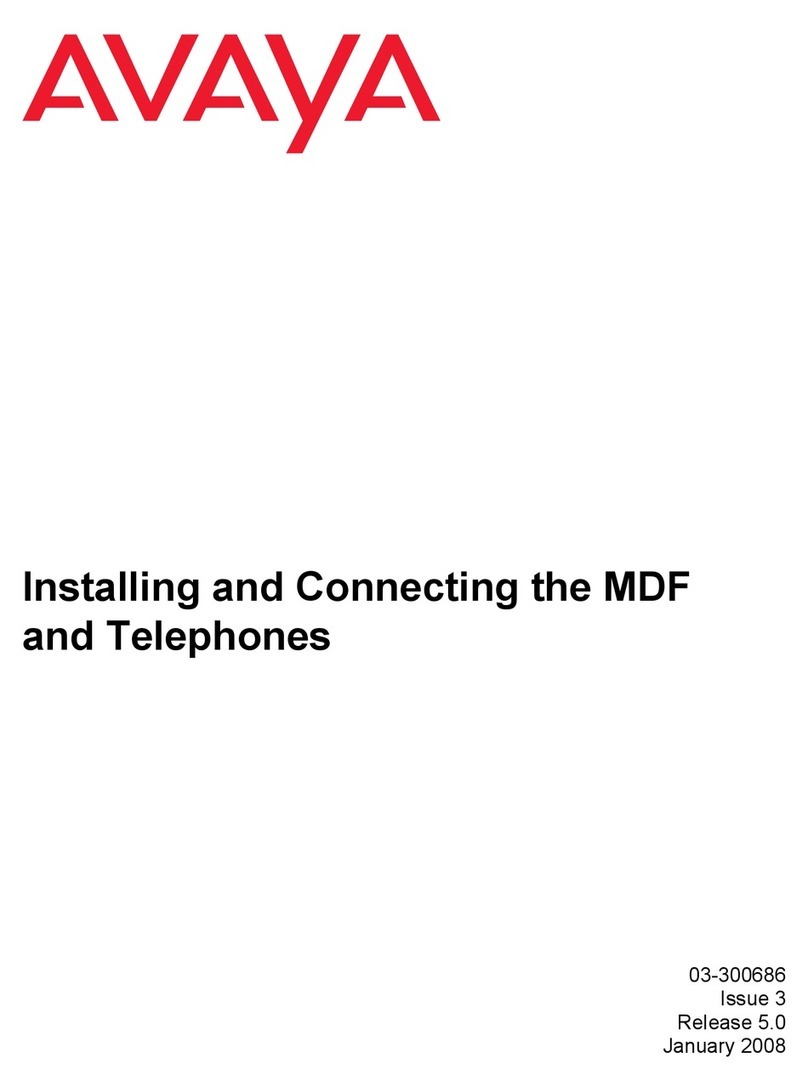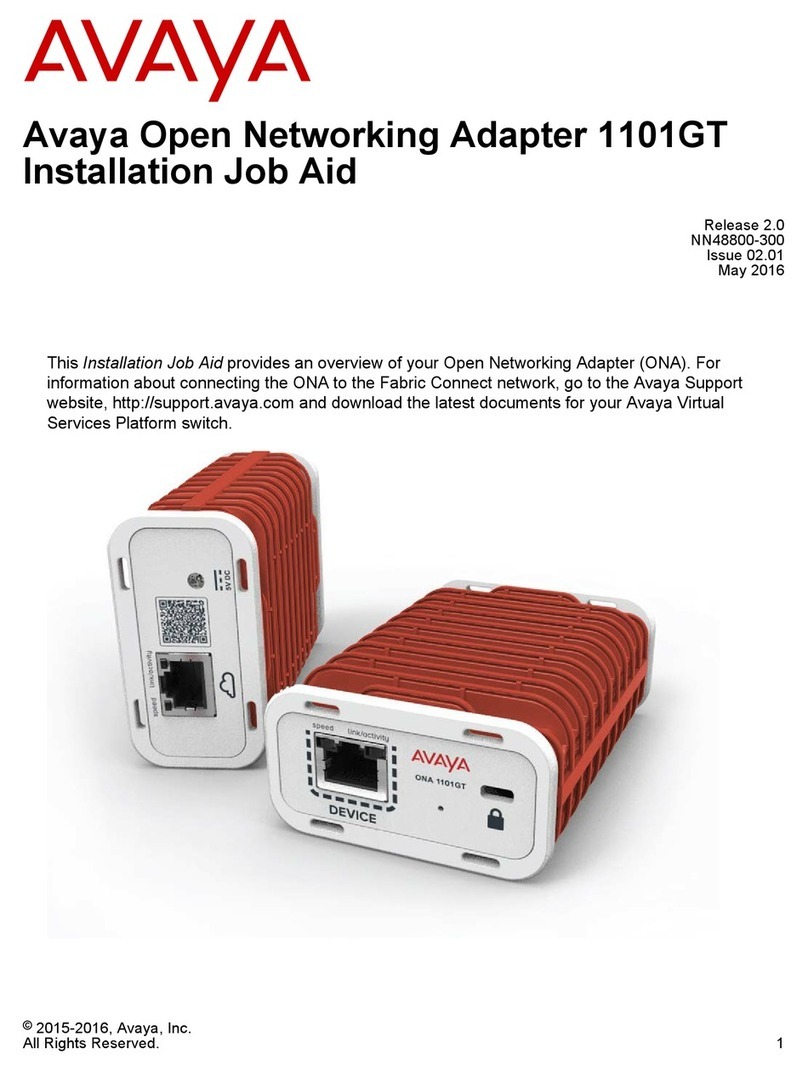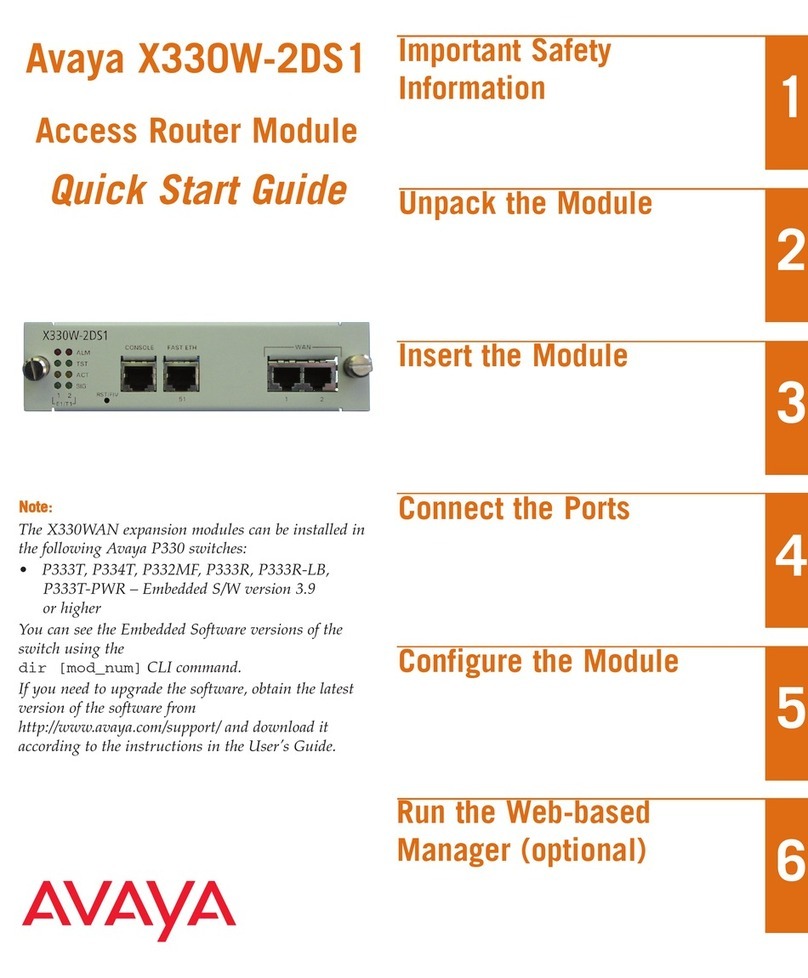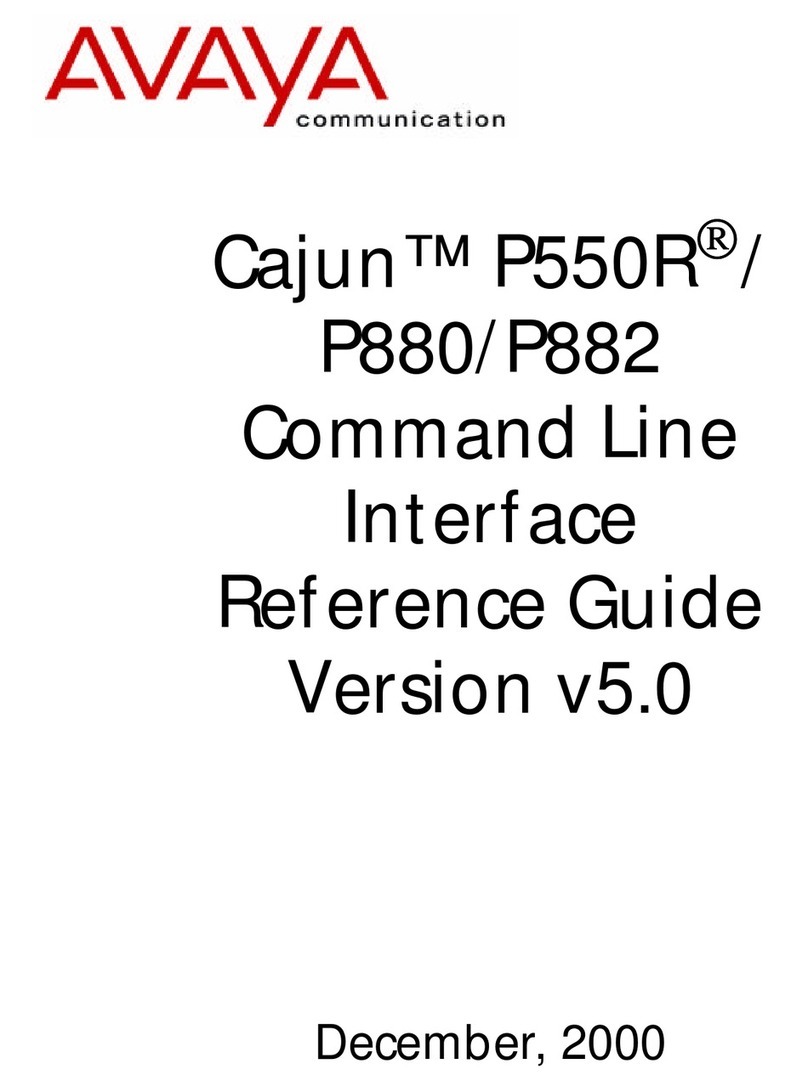
Page 2 - Contents
Contents
Introduction .................................................................................................................................................................3
General .....................................................................................................................................................................................3
DECT in Summary ....................................................................................................................................................................4
The INDeX DECT System.........................................................................................................................................................5
CSLC....................................................................................................................................................................................................5
DECT Base Station (DBS) ................................................................................................................................................................... 5
Repeater ..............................................................................................................................................................................................5
20DT Handset ...................................................................................................................................................................................... 6
Single Chargers....................................................................................................................................................................................6
Site Surveys.................................................................................................................................................................7
Introduction ...............................................................................................................................................................................7
Base Station Coverage: In Theory ............................................................................................................................................8
Base Station Coverage: In Practice ..........................................................................................................................................9
Using the Site Survey Kit.........................................................................................................................................................10
The Survey Base Station.................................................................................................................................................................... 10
Subscribing to the Survey Base Station.............................................................................................................................................11
Performing the Survey........................................................................................................................................................................12
Preparing for Installation..........................................................................................................................................13
Tools & Experience Required..................................................................................................................................................13
Additional Parts Required........................................................................................................................................................13
Environmental requirements ...................................................................................................................................................13
Installation .................................................................................................................................................................14
Installing the CSLC Cassette ..................................................................................................................................................14
Installing DECT Base Stations (DBS)......................................................................................................................................15
CLSC to MDF Connections................................................................................................................................................................15
Mounting the Base Station .................................................................................................................................................................16
Configuring the Base Stations............................................................................................................................................................16
Base Station Cable Measurement...........................................................................................................................................17
DECT Noise Suppression and Echo Cancellation...................................................................................................................17
Registering Handsets..............................................................................................................................................................17
Changing CSLC User Numbers ..............................................................................................................................................18
Subscribing Handsets .............................................................................................................................................................18
Switching Between Systems ...................................................................................................................................................19
Removing a Subscription ........................................................................................................................................................19
Mobile Twin Numbers..............................................................................................................................................................20
Hot Desking.............................................................................................................................................................................20
Multi-site Roaming ..................................................................................................................................................................21
System Testing & Handover.................................................................................................................................................... 21
Repeater Base Stations ............................................................................................................................................22
Introduction .............................................................................................................................................................................22
Locating Repeater Base Stations............................................................................................................................................22
Installing a Repeater ...............................................................................................................................................................23
Configure the Base Stations............................................................................................................................................................... 23
Mounting the Repeater(s) ..................................................................................................................................................................23
Attaching a Directional Aerial .............................................................................................................................................................24
The Repeater Setup Program .................................................................................................................................................24
Installing the Repeater Setup Program ..............................................................................................................................................24
Connecting a Repeater for Programming ..........................................................................................................................................24
Configuring a Repeater ...................................................................................................................................................................... 25
System Diagnostics and Testing .............................................................................................................................26
Base Stations Signal Checks ..................................................................................................................................................26
Handset Software Version.......................................................................................................................................................26
Battery Condition.....................................................................................................................................................................26
Index...........................................................................................................................................................................27
Page 2 Installation Manual
38DHB0002UKCA – Issue 8 (26/03/2002) INDeX CSLC

